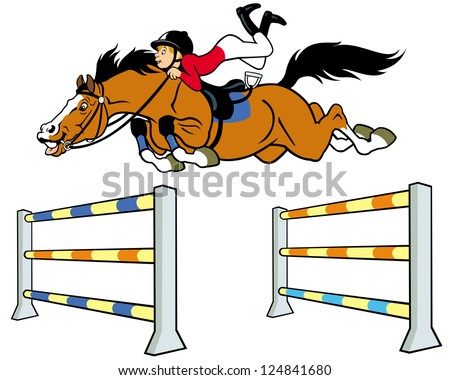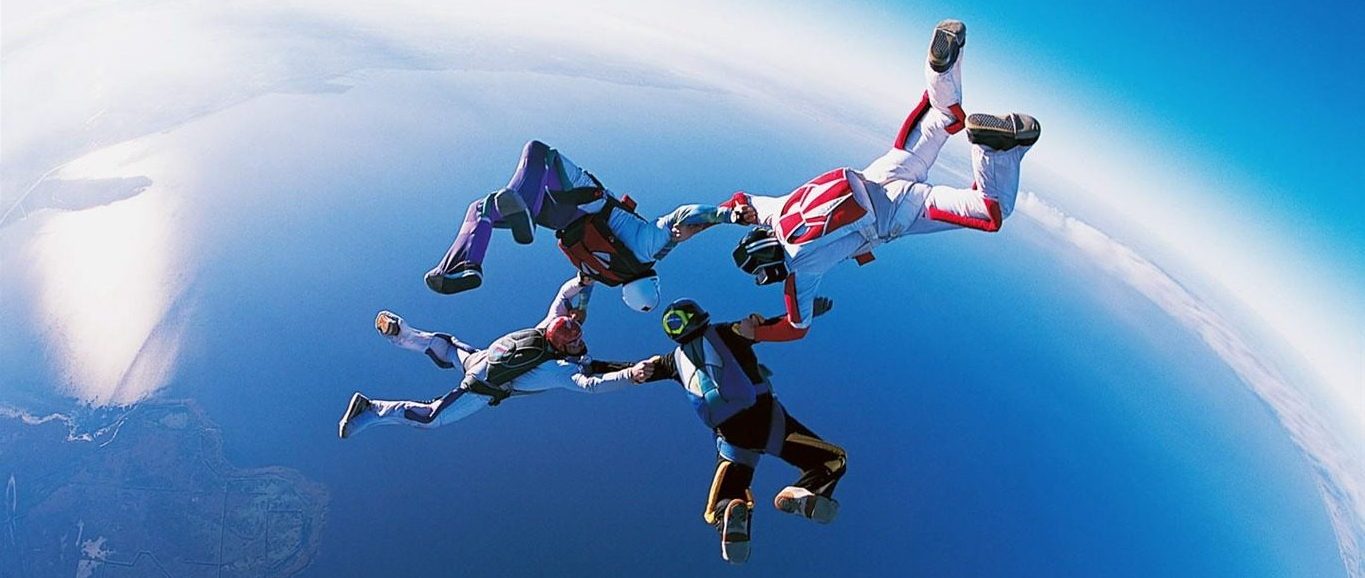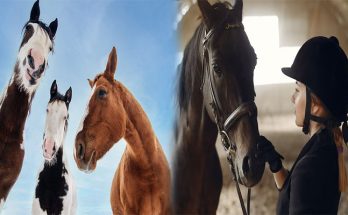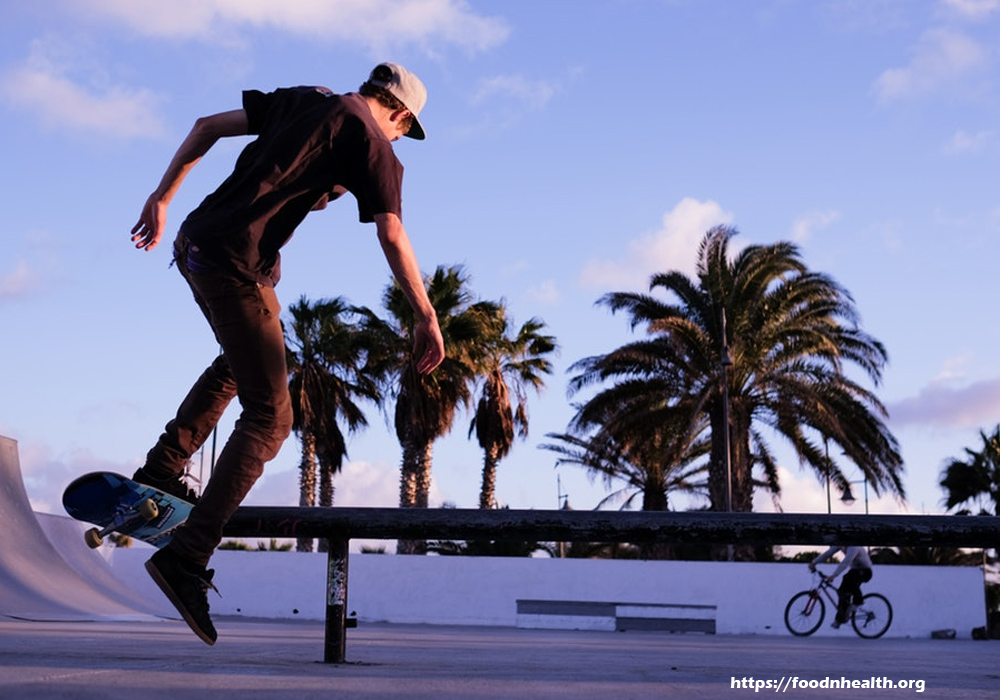 What can take place when a rider is NOT match for equestrian sports. In the United States each year an estimated 30 million persons ride horses, resulting in 50,000 emergency area visits (1 stop by per 600 riders per year). 12 A survey of 679 equestrians in Oregon, Washington and Idaho estimated that at some time in their equestrian career one in five will be seriously injured, resulting in hospitalization, surgery or extended-term disability. 13 Amongst survey respondents, novice equestrians had an incidence of any injury that was threefold over intermediates, fivefold over advanced equestrians, and almost eightfold more than experts. Around 100 hours of knowledge are required to obtain a substantial decline in the risk of injury. The survey authors conclude that efforts to prevent equestrian injury must focus on novice equestrians.
What can take place when a rider is NOT match for equestrian sports. In the United States each year an estimated 30 million persons ride horses, resulting in 50,000 emergency area visits (1 stop by per 600 riders per year). 12 A survey of 679 equestrians in Oregon, Washington and Idaho estimated that at some time in their equestrian career one in five will be seriously injured, resulting in hospitalization, surgery or extended-term disability. 13 Amongst survey respondents, novice equestrians had an incidence of any injury that was threefold over intermediates, fivefold over advanced equestrians, and almost eightfold more than experts. Around 100 hours of knowledge are required to obtain a substantial decline in the risk of injury. The survey authors conclude that efforts to prevent equestrian injury must focus on novice equestrians.
There is a big list of competitive disciplines in the horse globe, and good results in one doesn’t imply a rider will be very good in yet another, any much more than a downhill skier could automatically anticipate to be equally skilled in cross-country skiing. Having said that, all require a level of fitness and skill.
Ride and Tie is a form of endurance riding in which teams of three (two humans and one particular horse) alternate running and riding. Both light and heavy breeds as well as ponies are raced in harness with a sulky or racing bike. The Standardbred dominates the sport in both trotting and pacing varieties.
Barrel racing and pole bending – the timed speed and agility events noticed in rodeo as nicely as gymkhana or -Mok-See competition. Both men and ladies compete in speed events at gymkhanas or -Mok-Sees on the other hand, at most expert, sanctioned rodeos, barrel racing is an exclusively women’s sport. In a barrel race, horse and rider gallop around a cloverleaf pattern of barrels, making agile turns devoid of knocking the barrels over. In pole bending, horse and rider run the length of a line of six upright poles, turn sharply and weave by way of the poles, turn once more and weave back, then return to the get started.
Competitive trail riding , a pace race held across terrain comparable to endurance riding , but shorter in length (25 – 35 miles (56 km), depending on class). Getting a form of pace race , the objective is not to finish in the least time. Instead, as in other forms of judged trail riding , each and every competitor is graded on every thing including physical condition, campsite and horse management. Horsemanship also is deemed, such as how the rider handles the trail and how horse is handled and presented to the judge and vet all through the ride. The horse is graded on overall performance, manners, and so on. “Pulse and respiration” stops verify the horse’s recovery capability. The judges also set up obstacles along the trail and the horse and rider are graded on how nicely they perform as a team. The whole point is the partnership in between the horse and rider.



